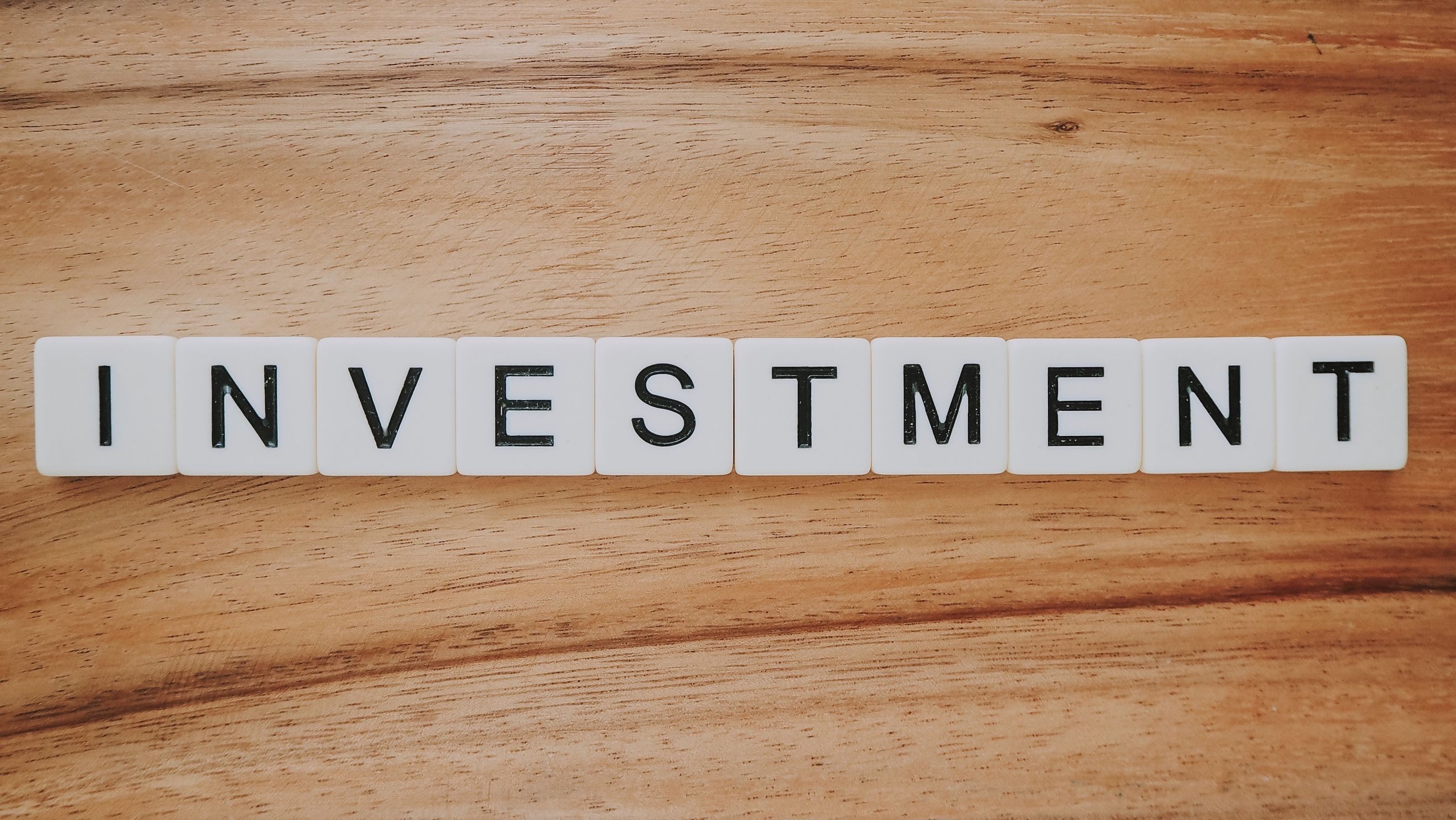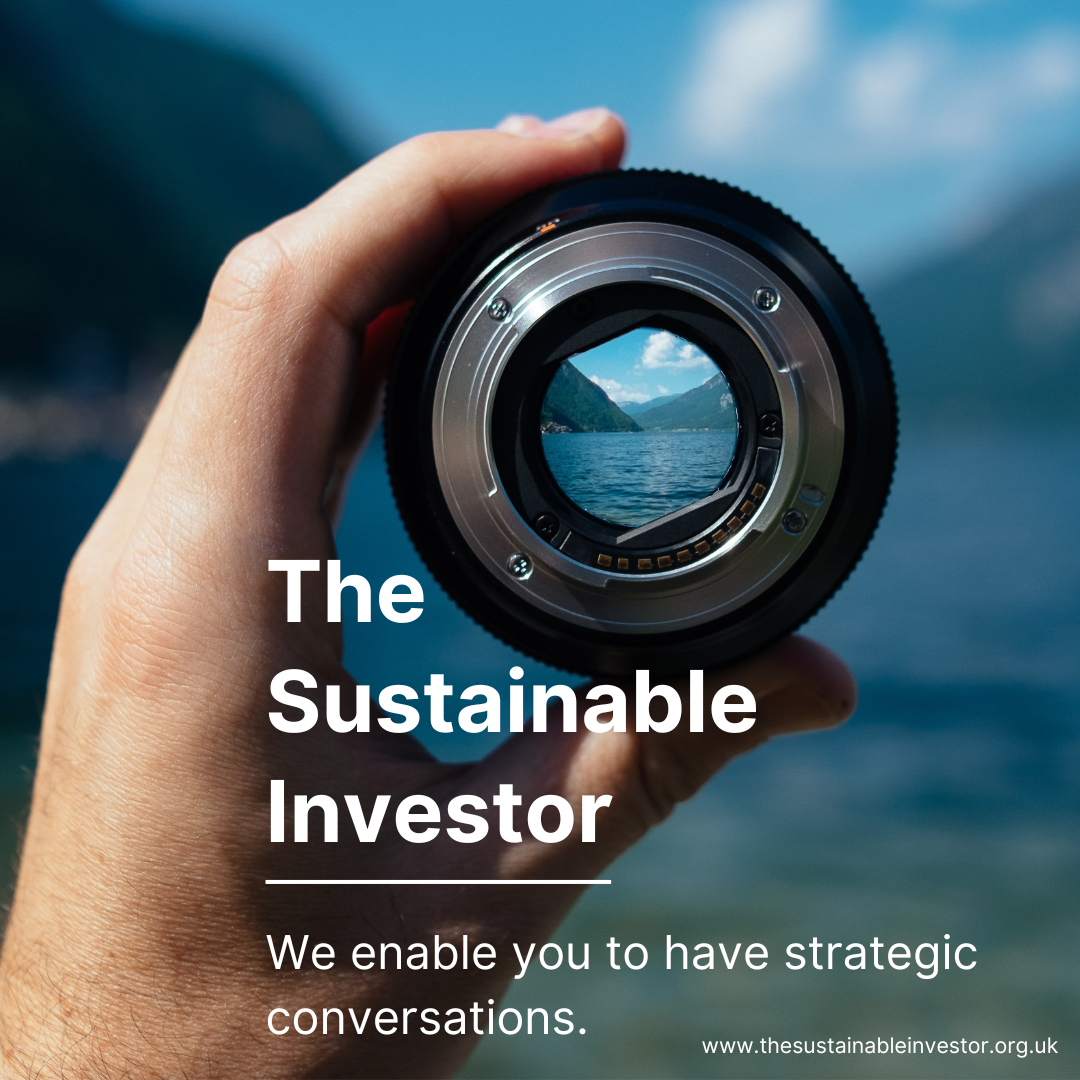
ESG funds are ubiquitous in Europe - job done?
According to an article in the Financial Advisor Magazine, asset managers trying to sell funds in Europe are finding it “increasingly difficult” to do so unless their products are registered as ESG positive - quoting a study by analysts at Goldman Sachs.
At one level this should be a cause for celebration. At least in Europe ESG fund scoring is now mainstream. But let's dig a bit deeper, we are actually only at base camp in what will become a more challenging, but more interesting and productive journey.
We know that just investing via ESG scored funds is not the best way to make a real contribution to the sustainability transitions (contact us if you want the research that backs this up).
What actually works is putting capital to work in companies that are involved in sustainable activities. In Europe this means Article 9 funds, but finding investments that meet the Article 9 criteria will increasingly require some lateral thought. Current popular sectors are water utilities, mortgage REITs, and independent power and renewable electricity producers - not really a diversified portfolio!
This raises some new challenges for sustainable investing professionals.
If you work for a corporate, you need to find ways of including sustainability in strategy (or putting it another way - finding the financial advantages that come from being more sustainable, either lower costs/risk or new markets/competitive advantage).
If you work for an asset owner, you need to have much more subtle investment criteria, moving away from ESG scoring to what actually contributes to making the transitions happen in a financially viable way.
If you work for an asset manager, you need to work with your clients, educating and informing them.
And, for NGOs, it's already increasingly about aligning sustainability and financial criteria. So expect even more of the same.
We are entering into a new age of sustainability finance - one where the approaches will become more sophisticated. Where we need to bridge the gap between sustainability and finance.
This article featured in What Caught Our Eye, a weekly email featuring stories we found particularly interesting during the week and why. We also give our lateral thought on each one. What Caught our Eye is available to read in full by members.
If you are not a member yet, you can read What Caught Our Eye when it comes out direct in your email inbox plus all of our blogs in full...


Please read: important legal stuff.

